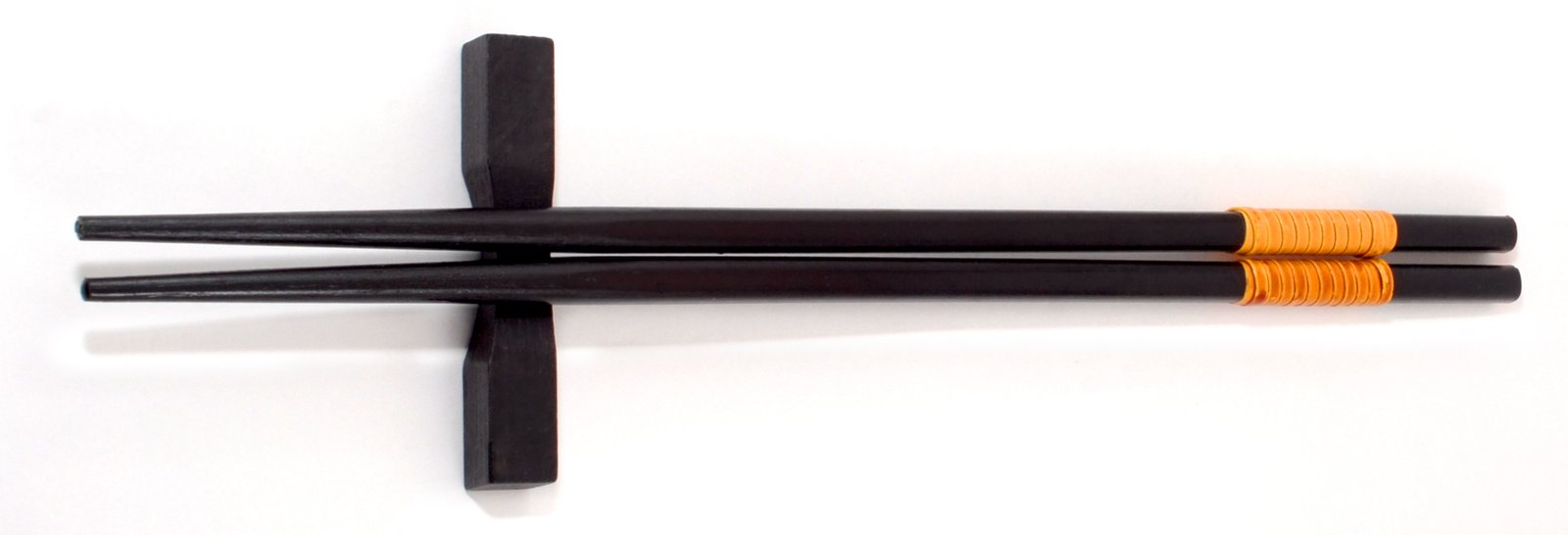
Global Etiquette – International Dining

 Any country you are visiting may have extremely different dining etiquette rules than those you are used to. On the other hand, they may be similar. The key is to be prepared. You may find yourself sitting on the floor, eating with your hands, or trying exotic food. To avoid too many shocks and surprises, take some time to discover the dining etiquette rules that are common at your destination. Be sure to be humble and respectful when you make a mistake. There is a lot to learn and it helps to keep a little notebook as you go along of dos and don’ts. I’m not covering every country, but generalities and some specifics I know.
Any country you are visiting may have extremely different dining etiquette rules than those you are used to. On the other hand, they may be similar. The key is to be prepared. You may find yourself sitting on the floor, eating with your hands, or trying exotic food. To avoid too many shocks and surprises, take some time to discover the dining etiquette rules that are common at your destination. Be sure to be humble and respectful when you make a mistake. There is a lot to learn and it helps to keep a little notebook as you go along of dos and don’ts. I’m not covering every country, but generalities and some specifics I know.
Asia—You’ll be expected to eat with chopsticks. If you can’t manage the regular moves, use them as a scoop. The small end of a chopstick is the eating utensil, and the large end is used to serve others. Place chopsticks on your plate or a chopstick rest when not using them, never in or across the rice bowl. You may hold the rice bowl close to your mouth when eating, so it acts as a safety net, if you are using the chopsticks as a scoop.
Japan—It is important not to cross your chopsticks, lick them or stick them vertically into a bowl of rice, as all three mannerisms are considered rude. However, with soup, it is fine to drink directly from the soup bowl. Slurping soup and noodles is considered a compliment to the chef, and the louder the better. Don’t tip in a restaurant.
China—Belching is viewed as a compliment to the chef for preparing such a satisfying meal. Be sure to leave some of your food on your plate, which indicates the chef prepared more than enough to satisfy you, and don’t dig through a dish of anything to get to a particular part you like. It is considered rude. Like Japan, don’t tip.
Thailand—Courses will be served all at once and generally shared, Sharing is common, and dishes are often served to spit among the table. Your fork is used to push food onto your spoon. Eat with your spoon. Be sure not to take the last bite from the sharing bowl.
India—It is important to finish your meal, since wasting food is viewed as quite disrespectful. Wash your hands both before and after eating, and be sure to clean around your fingernails. Don’t eat too quickly or too slowly. A medium pace is recommended. Never eat with your left hand, as it is considered unclean. Use the right hand instead. Utensils are rarely provided.
Middle East—Arabs are well known for their hospitality and their meals. They often start much later than you may be used to, and a meals consist of many courses. Be sure to pace yourself. You will not be served alcoholic beverages as drunkenness is frowned upon and illegal in the majority of Muslim countries. Eat only with your right hand.
Israel—Food is both mid-eastern and western, and eating customs are generally the same as Western Europe.
Africa—Here they take great pleasure in entertaining and eating, as well as being generous. In most instances, you would be invited to someone’s home. In many of the countries, there will be no utensils of any sort and you’ll be expected to eat with your hands. Be sure to remember, in Muslim countries, don’t eat with your left hand. A tip is to watch your hosts in other countries for similar taboos and do what they do.
Caribbean, Central America and South America—Business lunches are common in Latin America and usually quite long. Dinner is purely social and can be very late, sometimes starting at 10 or 11 p.m. In general, throughout Latin America, it is best to keep your hands above the table at all times when eating. You pass food and drink with your right hand. You can rest your wrists on the table, but not your forearms or elbows.
Europe—Whether you are in Western, Eastern, or Mediterranean Europe, you will find that table manners are quite similar to the United States. There are some differences, but not an overwhelming number.
Europeans eat using the Continental style. This is when you hold your fork in your left hand and your knife in your right. The fork and knife remain in your hands at all times.
Americans switch the fork to the right hand after they cut meat, and set their( knife down on the plate.
Europeans are known to be stricter about table manners than Americans are. (Not than my family was. My grandfather noticed everything and was the enforcer.) In Europe, don’t rest your elbows on the table, but keep both hands above the table at all times. This feat can be accomplished by resting your wrists on the edge of the table. Never be tempted to tilt your chair back on two legs or push food onto a fork with your fingers.
Italy—If you are tempted to ask for extra cheese, don’t. It’s a giant faux pas to put more cheese on your pizza. A bigger sin would be to add it to seafood. A service charge is usually added in the bill, but if the service is exceptional, add 5 to 10% gratuity.
Portugal—If you are someone who uses a lot of salt and pepper and there are not salt and pepper shakers on the table, don’t ask for them. It is quite offensive to the chef’s seasoning skills.
France—Don’t ask to split the bill, as it is considered unsophisticated. You offer to pay the bill or someone else will. I personally have a problem with this custom. I have found myself in situations where someone paid the bill and, later in the taxi, I slipped them some money to help cover my share. I knew their budget, but I also knew they were French. They were very appreciative. Use bread to help push food to the fork. Tear a piece of bread off and use it. When not in use, bread belongs on the table, not on the plate, unless a very formal dinner.
In our multi-cultural environment and global marketplace, dining with others is one of the most common ways to build and cement relationships. You will find it quite useful to be cognizant of customs and dining etiquette of countries you are visiting. This is especially true if you are traveling there for business, but even if for pleasure, it is nice to be aware. This shows your host an awareness and courtesy for their customs. The more you travel, the more you will learn and discover and build your repertoire of worldwide dining customs, while you enjoy breaking bread with people around the world.





































